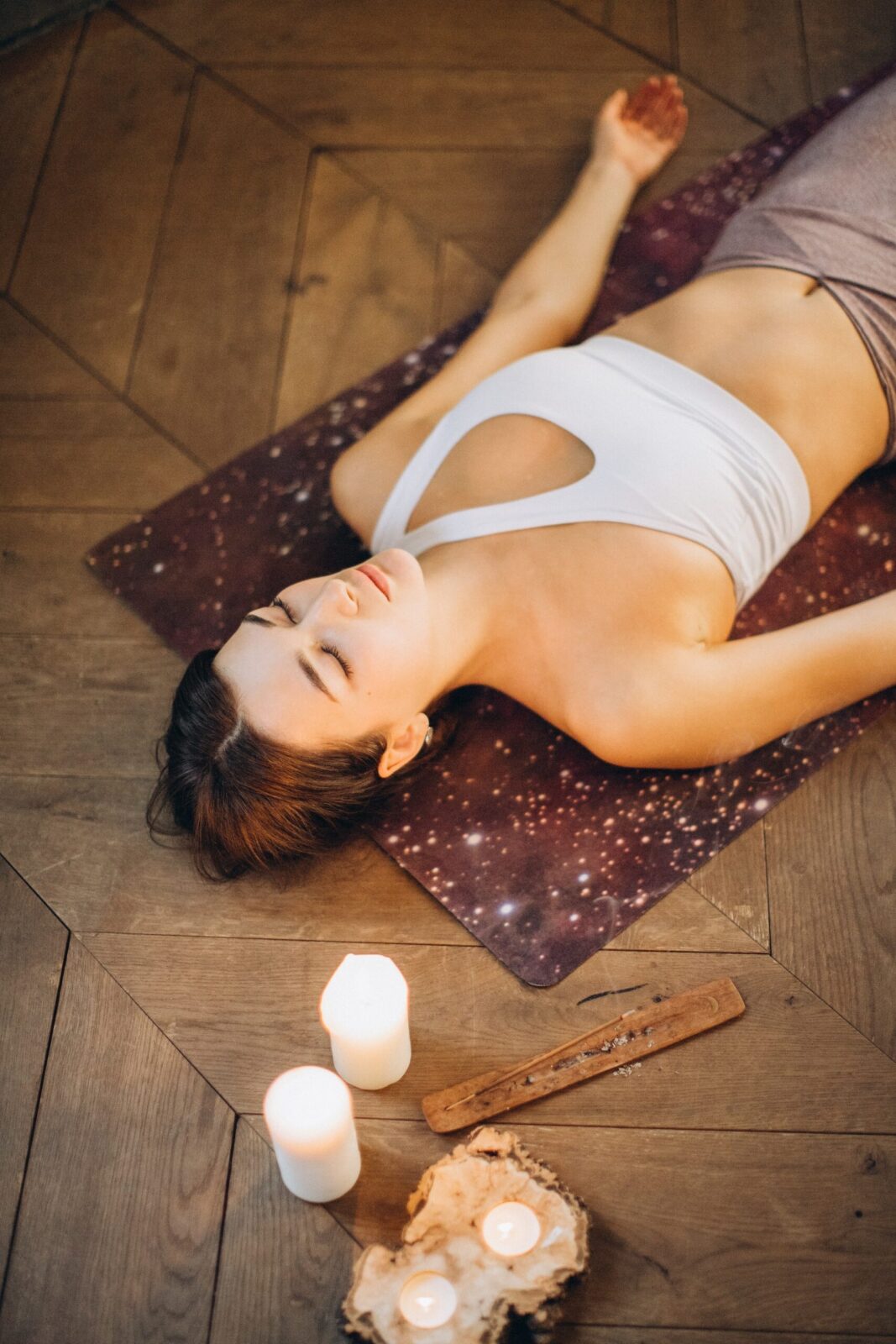Introduction
When faced with overwhelming or negative emotions, how can we use yoga to restore and balance our minds and bodies? Restorative yoga is a practice widely used to restore physical and mental health, as practitioners have been using yoga postures to restore balance since the 19th century. It is a form of yoga that specifically addresses the limitations of the body, fostering a state of relaxation and releasing tension. Restorative yoga poses are especially helpful for managing emotional negativity, restoring emotional balance, reducing stress and improving overall mental health. In this expert guide, we’ll explore the potential of restorative yoga to help us navigate negative emotions and restore understanding of the body and mind through practice.
What is Restorative Yoga?
Restorative yoga is an easy, calming form of yoga distinct from the more challenging poses practiced in the traditional setting. Exercises are slower, mainly passive, and typically involve holding poses for a longer duration — generally five or more minutes. The idea behind restorative yoga is to relax the body and mind, creating a sense of inner peace, rather than physically challenging the body in a traditional way. Restorative poses involve props — like blankets, bolsters and blocks — which are used to support the body, making it easier to stay in the poses for extended periods of time and access deeper relaxation.
The Benefits of Restorative Yoga
Before we dive into the poses, let’s explore the potential benefits of regularly practicing restorative yoga. Restorative yoga can help in calming physical pain, aiding in digestion and improving overall mental health. It works by resetting the “fight or flight” response, triggering the “rest, digest and heal” state of mind instead. Restorative yoga can also be used to help reduce stress, improve emotional balance, and promote mindfulness.
The Physiology of Stress
Before we discuss the effects of restorative poses on the body and mind, it’s important to understand the physiology of stress. When the body feels threatened — either emotional or environmental — it releases hormones such as adrenalin and cortisol, triggering the “fight or flight” mode. This is an innate survival mechanism, which has been widely discussed in the scientific community. In response to stress, the body releases cortisol, triggering a range of physiological issues such as increased blood pressure, a decrease in blood sugar, and increased risk of infection. On the mental-emotional level, stress can trigger feelings of fear, anxiety and even depression.
Restorative Poses to Manage Stress
Now, let’s explore the restorative yoga poses recommended to help manage stress and emotional negativity. Below are simple poses that can be used to help calm and soothe the body, allowing practitioners to sink deeper into a peaceful state.
Legs Up the Wall:
This simple restorative yoga pose helps to release stress in the legs and spine, allowing the breath to flow. From a supine position (on your back), slide the pelvis close to the wall and rest your legs up the wall. Make sure your bottom is close to the wall and your lower back isn’t pressing against the floor. Close the eyes and focus on the breath, letting the body sink deeper into the mat. Stay in this position for two to five minutes, allowing your mind to surrender.
Supported Bridge Pose:
This pose works to relieve tension in the chest, neck, and back while restoring the natural curve of the spine. Start by lying on your back, bringing your feet flat to the floor — hip distance apart. Place your feet right under the knees and slowly lift your hips, bringing the chest closer to the chin. Place a block or a rolled up blanket under your sacrum area, allowing this area to relax. Rest your hands on your belly and close your eyes. Stay here for two to five minutes, allowing the body to surrender.
Reclined Bound Angle Pose:
This simple pose works to open the chest, restore the lower back, and gently stretch the legs. Start by lying on your back, bringing the soles of your feet together. Place a bolster or folded blanket under your knees and relax the arms to the sides. Make sure that there is no excessive pressure or strain on the hips — the bolster or folded blanket should help to keep the lower back flat and the chest open. Close the eyes and allow the breath to flow. Stay for five to ten minutes, allowing the body to completely relax.
Corpse Pose:
Also known as Savasana, this is the iconic post-yoga pose that is designed to complete the practice by allowing the body and mind to relax before moving back into the world. Start by lying on your back and make sure to keep your palms and feet relaxed. Let your body sink into the mat and close the eyes, allowing the breath to flow naturally. Stay in this pose for ten minutes or more, allowing the body and mind to relax.
Conclusion
Finally, keep in mind that restorative yoga is not designed to physically challenge the body — it is designed to restore and relax the mind and body. This gentle practice helps to create a sense of peace and calm, allowing practitioners to navigate negative emotions, reduce stress and improve overall mental health.

